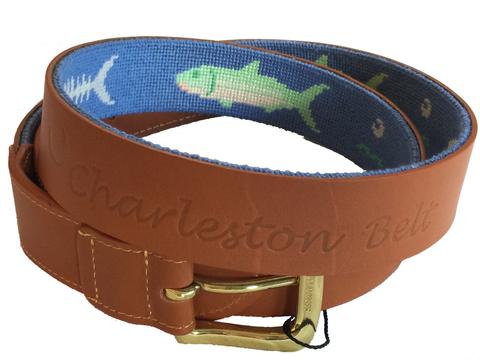
Top Things To Look For To Distinguish A Quality Piece of Apparel - Part 1
Share
You want to make apparel purchases that look good and last more than one season. In order to do so, you need to be able to recognize a quality garment when you see one -- to be able to tell the difference between a durable, well-crafted piece and one that looks pretty at time of purchase but won't last more than half a season. This post and subsequent posts will help you distinguish high-quality garments from low-quality ones, so that you make the most of your wardrobe investment. So how do you distinguish a quality garment?

Since materials and fabrics are hands-down the most important property of any garment, we will start with a discussion about leather. Below are described the grades of leather and other frequently-used leather terms you may see in manufacturers' product descriptions.
- The quality of a leather piece mainly depends on what type of “grain” it has. Full-grain leather is generally considered the highest-quality type and refers to leather that has not been sanded, buffed or corrected to retain the skin’s natural fiber strength and durability. It is most frequently used in making high-quality foot ware and furniture.
- Top-grain leather means leather that has been made from the top or outermost layer of cowhide. Top-grain leather has the second-highest leather quality of the high-end category of leather products. It is more pliable and thinner as its layer is separated away. Its surface is sanded, and a finish coat is added. It develops pinna that protects it from damage and corrosion making it last longer. It has better stain resistance and is slightly less expensive than full-grain leather. Top-grain leather is soft and shows natural character. A slightly lower quality top-grain leather is called corrected leather, which may be chemically treated or textured for a more uniform appearance. Corrected leather is durable but not as soft as standard top-grain leather.
- Corrected-grain leather is corrected and fixed by experienced leatherworkers to better its functionality and aesthetic qualities. Hides used in making it do not meet the required standards in making aniline and vegetable-tanned leather. An artificial grain has been embossed on the top and dressed-out using dyes and/or stains. Imperfections are usually sanded off and then corrected. Corrected-grain is used to make pigmented leather.
- Genuine leather is made from real leather. In a class of real leather products, genuine leather products are the lowest in quality. These products are made from the leftover of leather after the high-end products are made. The products manufactured from it do not look or feel as pleasing compared to those made from high-quality leather. Likewise, products made from genuine leather do not last as long before they wear out.
- Bonded leather indicates the material contains a small amount of leather in the material. This would be akin to using the term "wood" for pressed wood, which is made from sawdust and wood scraps combined with binding agents. Bonded leather is actually polyurethane on the exposed surface, followed by a thin layer of fabric with bits of leather scraps fused onto it. The inner fabric holds the structure together. Bonded leather is not as strong or as durable as true leather.